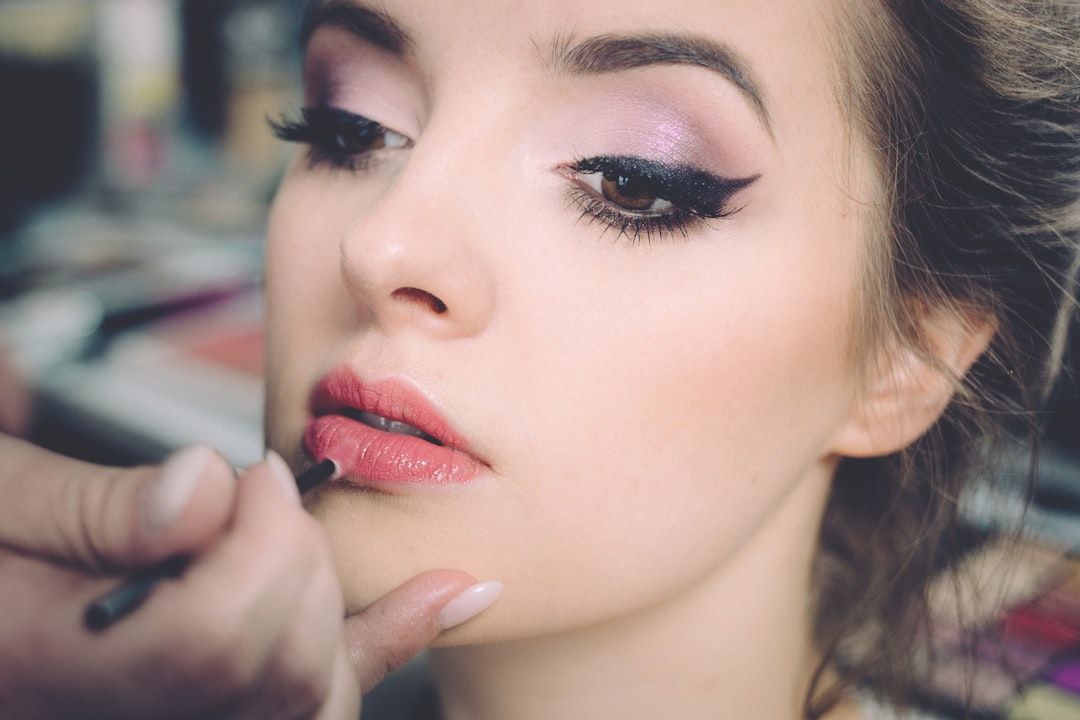

How to Choose the Right Type of Wax for Your Skin Type
This article needs additional citations for verification .
[ edit ]
Get the best hard wax products from Wax Wax.Potential side effects of frequent waxing
Understanding the different skin types and how they affect waxing
6. Are there any potential side effects of getting a bikini wax?
If you have sensitive skin, it is recommended to wait at least 4-6 weeks between waxing sessions to allow your skin time to recover and reduce irritation.
The modern practice of waxing has evolved over time, with different techniques and types of wax available. can of wax Strip waxing, which uses a thin layer of wax applied to the skin and removed with a cloth or paper strip, is one common method. Another method is stripless waxing, where hard or film wax is applied directly to the skin and removed without the use of strips.
Waxing a woman's armpits .
Frequently Asked Questions
Personal Preference Ultimately, how long your hair needs to be before getting waxed may also come down to personal preference. Some people prefer shorter hairs for a smoother finish while others are comfortable with allowing their hair to grow out a bit longer in between sessions. In effect this means that there is no one-size-fits-all answer when it comes to determining the perfect length for waxing!
Protects Skin from Damage: Sun exposure can cause harm to the skin, especially when it is sensitive after waxing. By avoiding sun exposure before and after getting waxed, you can protect your skin from potential damage like sunburns, hyperpigmentation (darkening of the skin), and premature aging. This precaution ensures that your skin remains healthy and radiant.
Find sources: "Waxing" news · newspapers · books · scholar · JSTOR ( April 2017 ) ( Learn how and when to remove this message )
3. What is the proper technique for applying wax at home?
Follow Guidelines: Different areas of the body may require different hair lengths for effective waxing. Make sure to follow specific guidelines for each area to achieve the best results.

After waxing, it is crucial to moisturize and soothe the skin to prevent irritation and maintain smoothness. Applying a gentle, fragrance-free moisturizer (preferably one that contains aloe vera or chamomile) can help hydrate the skin and reduce redness. Additionally, using a soothing gel or cream specifically designed for post-wax care can help calm any discomfort or sensitivity. Remember to avoid hot showers, saunas, or excessive sweating immediately after waxing to prevent further irritation!
Types
Communicate with your esthetician about any pain concerns, it is important to discuss any pain concerns you may have with your esthetician before the waxing session begins. This will allow them to adjust their technique accordingly and ensure a more comfortable experience for you.
Waxing is a form of semi-permanent hair removal that involves applying a sticky substance, such as wax, to the skin and pulling out the hair from the follicle. This method dates back to ancient civilizations, where various natural substances were used for hair removal.
Despite its benefits, waxing also has drawbacks such as ingrown hairs and minor bleeding. best hard wax for legs Additionally, individuals with certain medical conditions or taking specific medications may be at higher risk for skin irritation or complications during waxing.
Cooling Gel Pads: Cooling gel pads provide instant relief to irritated skin by reducing heat and inflammation. Keep them in the fridge before use for an extra cooling sensation!